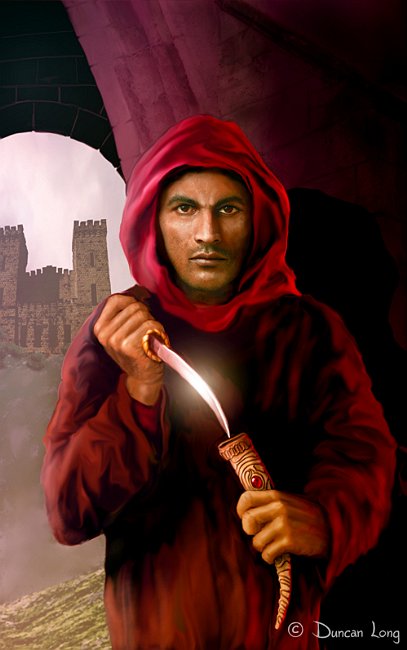
So you’ve written your great American novel. And despite its merits, you can’t get it edged past the glut of manuscripts now flooding every major publishing house.
You’re convinced your book has merit. You decide to publish.
Now what?
First you need to understand that you face an uphill battle when it comes to marketing and distribution. The big presses have things pretty sewn up. However if you’re willing to self promote your book and have a little patience, you may be able to break into the big time by self-publishing.
One plus of the self-published book is that it can stay in print virtually forever (unlike many large press books which, especially with fiction, can be out of print in a matter of months). So if you can glean a few sales now and then, over time the money can mount up. This ability to keep things in print over time should never be underestimated because a book make “catch on” after initially not selling well, or through the efforts of the author to slowly build up a following.
Ebooks are the route that many authors take when self publishing. However it’s a mistake to stop there.
With just a little expense(we’re talking under $20 in many cases) and effort, a book that’s suitable for ebook release can also go to print with a POD (print on demand) system like CreateSpace, Lulu, and/or Lightning. And since some of the POD systems are also connected to distribution systems such as Amazon.com and Barnes & Noble, your book has a chance of catching on there for added sales (though, of course, a lot depends on the quality of the book and how well the author promotes it for this to work).
The key in selling your book through self-publishing is to do a professional job. That means lots of proofing, lots of editing, and some professional layout of text and cover. This translates into some big outlays, but if you want your book to have a chance to succeed, they are essential expenses.
Since I regularly have self-publishing authors ask who I recommend for such work, let me save a few steps and make my recommendations here:
1) For your editing/proofing Editing-Writing.com/ offers a network of very talented editors and writers who could help you.
2) For book cover illustrations, I (of course) recommend myself (ha).
3) For layout and book design, you should consider Bookwrights (434.263.4818 Bookwrights.com/). (Bookwrights is headed by Mayapriya Long — who despite her last name is no relative of mine, but who I have worked together with a number of projects in the past and so know she does beautiful work.)
Self-publishing can be a daunting task. But for many authors, it’s just about the only way to get into print these days. My advice: Go for it!
=====================
Duncan Long is a freelance book cover illustrator who has created book covers for many self-publishing authors as well as for HarperCollins, PS Publishing, Pocket Books, Solomon Press, Fort Ross, and many other publishers. See samples of Long’s book cover illustrations at: http://DuncanLong.com/art.html
=====================









